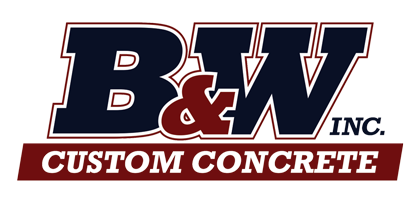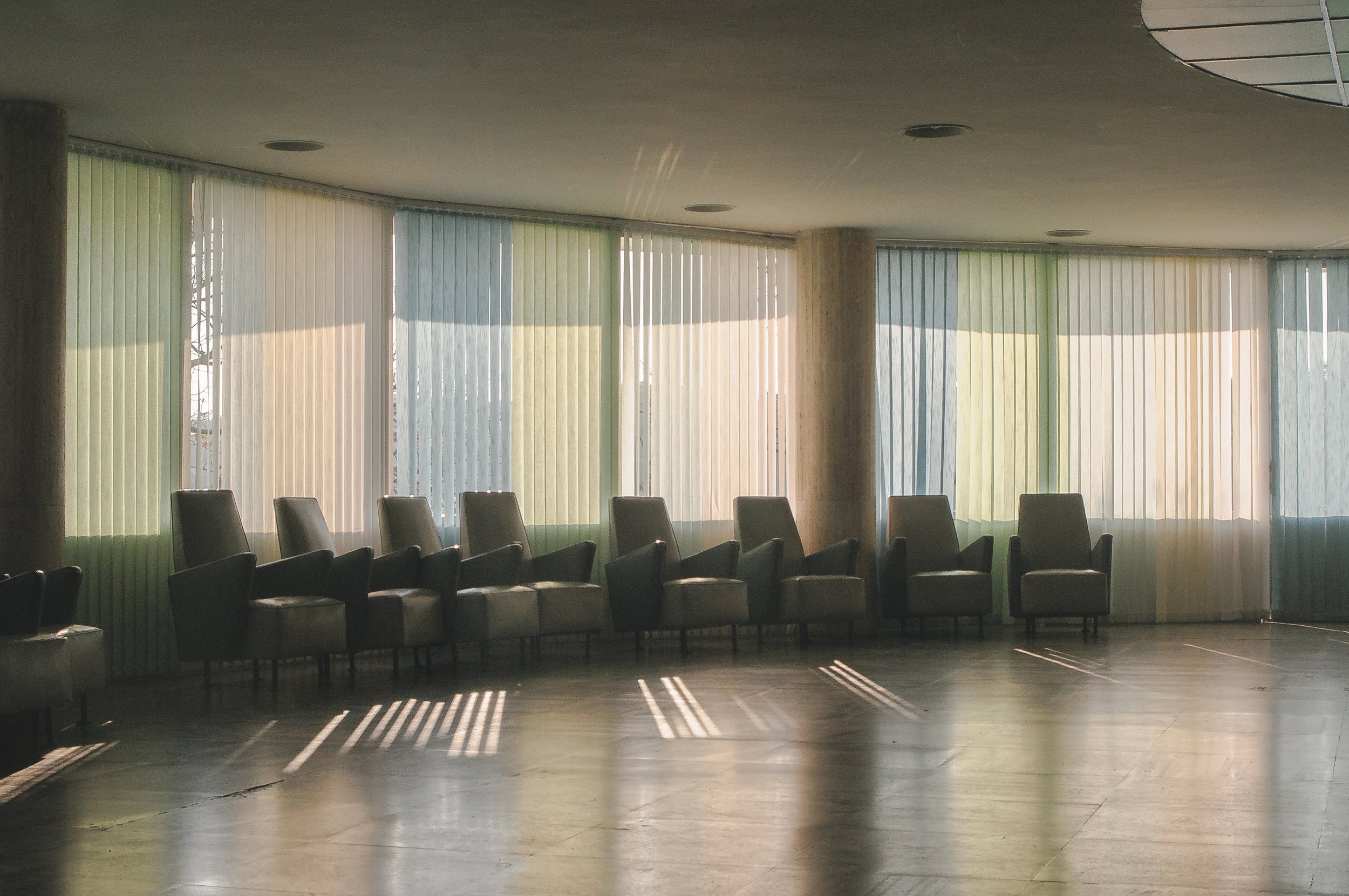Welcome to our blog on how to maintain your garage floor, an often overlooked but essential aspect of home maintenance. A well-maintained garage floor not only enhances the appearance of your space but also ensures safety and longevity. With a few simple steps, you can keep your garage floor looking pristine for years to come.
Maintaining your garage floor is an often overlooked task but is essential to keeping your home in top shape. Think about it—your garage floor sees a lot of traffic (foot or otherwise), can see some elemental wear, and requires upkeep just like any other part of your house.
Follow our simple steps to keep your garage floor pristine for years to come, including garage floor repair instructions and concrete maintenance tips:
Immediately Clean Up Spills
Sweep Your Floors
Pressure Wash
Apply Concrete Sealers or Floor Coating
Repair Cracks and Damages to the Floor
If you are looking to resurface your garage floor instead, read our tips on how to DIY!
1. Immediately Clean Up Spills
One of the fundamental rules in maintaining a garage floor is to clean up spills as soon as they occur. Whether it's oil, grease, chemicals, or any other liquids, they can quickly penetrate the porous concrete surface and cause stubborn stains. The longer you leave spills untreated, the more difficult they become to remove.
To tackle spills effectively:
Keep absorbent materials like kitty litter, sawdust, or oil-dry on hand. When an oil spill occurs, spread it over the affected area to soak up the liquid. Once absorbed, sweep the material and dispose of it properly.
Use concrete-specific detergent or degreaser to tackle tough stains. Simply follow the manufacturer's instructions, and be sure to rinse the area thoroughly with water after cleaning.
2. Sweep Your Floors
How do you take care of a concrete garage floor? You sweep it at least once per week to remove any dust, dirt, and debris! If you’re not careful, certain types of debris can scratch your concrete and eventually require garage floor repair.
We recommend using a stiff-bristled broom or a push broom designed for outdoor use to help dislodge any stubborn dirt. Sweeping is particularly important during the winter months when de-icing salt can wear down your garage floor.
3. Pressure Wash
Cars and lawn equipment can leave unsightly oil and grease stains. But with power washing, homeowners can remove these stains from the garage floor, concrete driveway, and walkway. A pressure washer uses high-pressure water to blast away contaminants, leaving your floor looking fresh and rejuvenated. Concrete maintenance has never been easier!
Here's how to pressure wash your garage floor safely:
Clean the area: Remove any items or vehicles from the garage and sweep the floor to eliminate loose debris.
Select equipment: Rent or purchase a pressure washer suitable for cleaning concrete surfaces. (We recommend RYOBI pressure washers for their ease of use!) Follow the manufacturer's instructions carefully.
Start at low-pressure: Be cautious with the pressure settings, as excessive force can damage the concrete. Start with a low-pressure setting and gradually increase if necessary.
Work in areas: Clean in small sections, overlapping each pass to ensure even cleaning.
4. Apply Concrete Sealers or Floor Coating
Sealing or applying a floor coating is a proactive concrete maintenance measure to protect your garage floor from damage. Concrete is porous, and sealers or coatings act as a barrier, preventing moisture, chemical substances, and stains from penetrating the surface.
Here's how to apply concrete sealers or floor coating:
Clean the area: Thoroughly clean the garage floor, removing all dust and stains.
Select a sealer: Select a sealer or coating suitable for your specific garage floor. There are various options available, including acrylic sealers, epoxy coatings, and polyurethane coatings.
Follow the directions: Follow the manufacturer's instructions for proper application. Use rollers or brushes to ensure even coverage.
Dry: Allow sufficient time for the sealer or coating to dry before using the garage.
Still asking yourself, “Is it a good idea to seal your garage floor?” Know that the answer is almost universally yes. Sealed concrete lasts longer than unsealed concrete and can better resist stains. You should always invest in protecting your investments.
5. Repair Cracks and Damage to the Floor
If you’re properly maintaining your concrete floor, chances are you won’t have to invest heavily in garage floor repair. However, life happens, and sometimes you’ll get a crack! Addressing cracks and damage promptly is crucial in maintaining the structural integrity and appearance of your garage floor. Small cracks can expand over time, leading to more extensive and expensive repairs.
To repair cracks and damage:
Clean the area: Thoroughly clean the cracked or damaged area, removing any loose debris and dirt.
Fill the cracks: Use a concrete patching compound to fill the cracks. Follow the product instructions for the best results.
Smooth the surface: Smooth the repaired area with a trowel, ensuring it's level with the rest of the floor.
Seal the repair: Consider applying a sealer over the repaired area to enhance its longevity.
Need Help with Garage Floor Maintenance or Upgrades?
By following these five essential steps, you can keep your garage floor in top condition, prolong its life, and maintain a clean and safe space for all your activities. Remember, regular maintenance not only saves you from costly repairs in the future but also preserves the overall value of your property. Happy garage floor maintenance!
If your garage floor is past the point of maintenance, it might be time to replace or repair your garage floor.
Contact our team today and we will provide a free estimate!






















